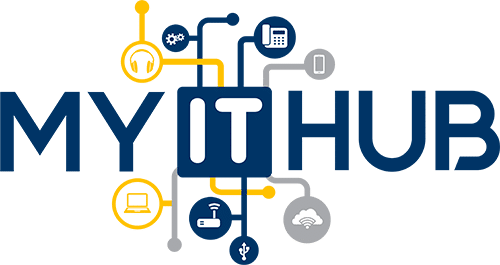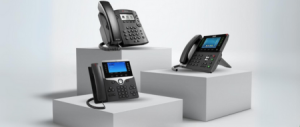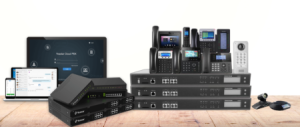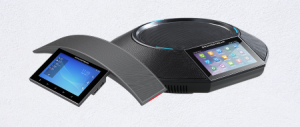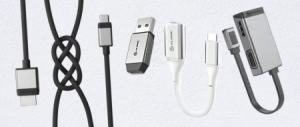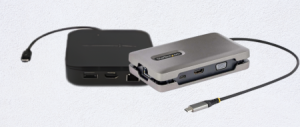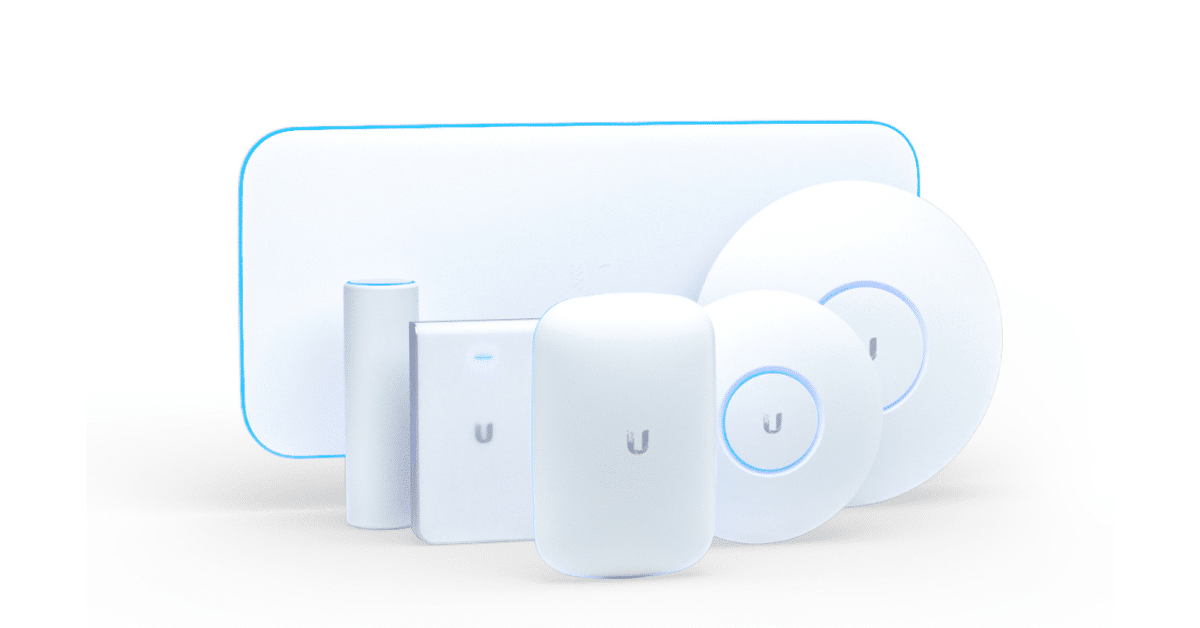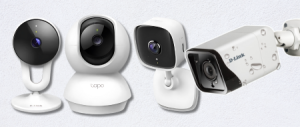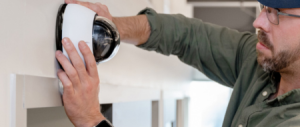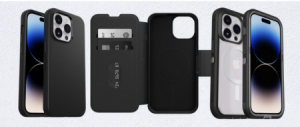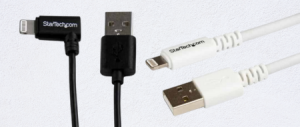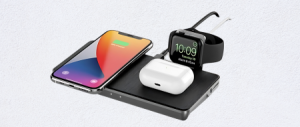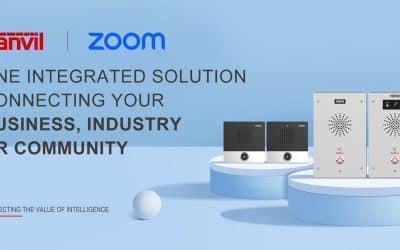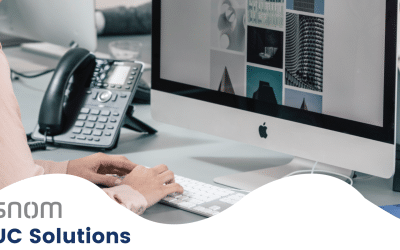Future of Tech: The Emergence of Empowered and Skilled Hybrid Contact Centres
The COVID-19 pandemic has pushed organizations, including contact centres, into a hybrid work arrangement. This setup offers virtual and in-office working options, promoting flexibility and efficiency at a safe distance. It also gives employees the freedom to work in a more comfortable environment, which may improve their mental well-being and overall productivity.
Regardless of the workforce model, a company usually lends its employees an office headset and a computer. These are the two most essential things for every contact centre. Therefore, many employers lend the best business headset for their employees to improve work performances, experiences, and engagements. In fact, according to Mckinsey and Company, engaged call-centre employees are:
- 5x more likely to stay within a year
- 16x more likely to recommend the company to their friends
- 3x more likely to feel empowered to address customer issues
The Changing Role of a Supervisor
Since the beginning of the industry, supervisors have played an essential role in driving the customer’s experience (CX). They support customers by providing feedback, encouragement, training and onboarding to their advisors.
On-premise, they must walk the aisle to determine which advisor requires additional training or support. It also allows them to praise and credit their colleagues when they have successfully solved a problematic customer issue or managed a stressful situation with professionalism, understanding, and compassion.
However, advisors can no longer physically walk the aisle and check all their teams due to the emergence of a hybrid setup. Many can only view basic call stats through a contact centre platform or do check-ins via Zoom or MS Teams. While hybrid work offers numerous benefits, advisors face transition challenges and adjustments.
Supervisor assistance is a huge benefit to agents. The tone of voice can transmit emotion and sentiments, which can help call centres in their professional growth. Traditionally, supervisors have been able to gauge the well-being of their agents or detect stress, fatigue, or disengagement. This was a challenge for remote workers, but it is now possible to address this issue with software that allows supervisors and teams to communicate efficiently.
The Advancement of Business Headsets and CX Analytics Tools – Powered by AI
Real-time analytics gives supervisors a close view of how their advisors perform, where they need support and who is worthy of praise. Advisors can receive real-time coaching and recognition from the analytics solution, boosting calls’ engagement and performance. To ensure that customers can hear the advisors from any location, Nectar and Jabra provide possible solutions, including intelligent headsets and network analytics, to give real-time audio quality updates.
Conclusion
The future of contact centres lies in a flexible working schedule, where supervisors and advisors will typically experience working together remotely. To connect them across the various locations they work from – be it at home, in the office, or elsewhere – contact centre managers must look towards technologies that allow for real-time data and feedback. Ultimately, AI-enabled contact centres will be the most competitive in the hybrid future.
If you opt for cutting-edge technologies for contact centres, MyITHub will do the hard work for you. We are the leading and trusted provider of IP Telephony in Australia. Our company includes experts with extensive hands-on experience helping customers with IP Telephony requirements. Visit our website at www.myithub.com.au to learn more about our products.
